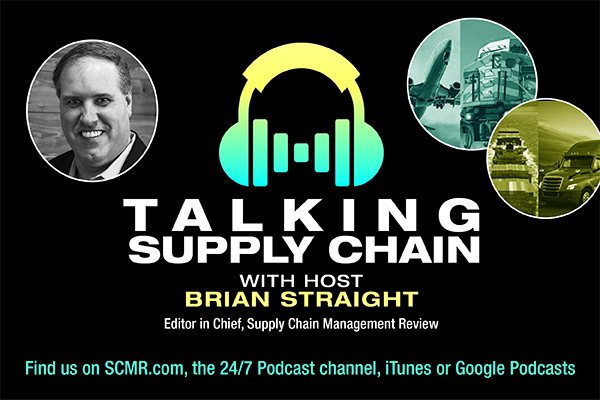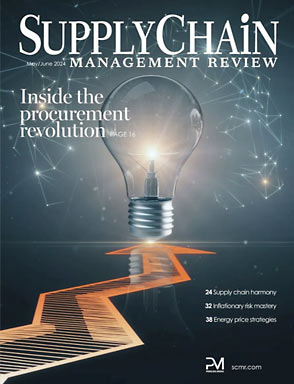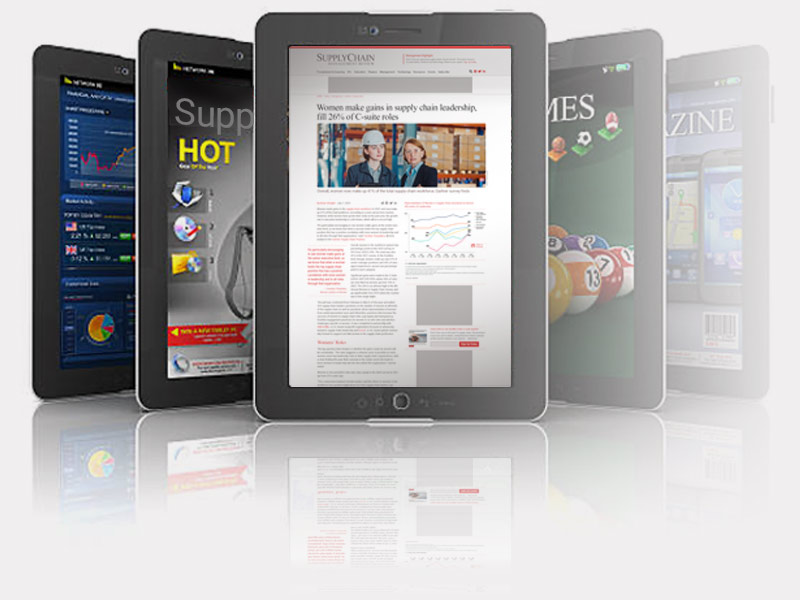Sorry, but your login has failed. Please recheck your login information and resubmit. If your subscription has expired, renew here.
The most noble goal (and real purpose) of any supply chain organization is optimally matching supply and demand over time—what I have been defining as optimized Demand Management (DM). “Optimized” is the key adjective in the definition because, as I like to remind people, in the long run supply and demand will always match—just not always in the best manner. For example, a lack of short-term supply will lead to customers leaving, thus reducing demand to match supply; and a surplus of inventories will eventually be disposed of (often at distressed prices) to reduce supply to match demand.
A major factor in achieving optimized supply-demand decision-making is the successful implementation of effective “bridging” processes between customer-facing managers from sales, marketing, and customer service and supply-facing managers from manufacturing, operations, logistics, supply chain, and procurement. This is not easy to do. My career experiences on both sides of supply and demand have taught me that it is very difficult to align the goals and views of demand- and supply-facing managers so that they can really collaborate.
This is evident in the most crucial and most prevalent DM process: the sales and operations planning (S&OP) process. The S&OP process is always a work-in-process because the personalities of the participants frequently get in the way of developing consensus-based plans. Sometimes, the S&OP “bridge” can blow up.

This complete article is available to subscribers only.
Log in now for full access or start your PLUS+ subscription for instant access.
SC
MR
Sorry, but your login has failed. Please recheck your login information and resubmit. If your subscription has expired, renew here.
The most noble goal (and real purpose) of any supply chain organization is optimally matching supply and demand over time—what I have been defining as optimized Demand Management (DM). “Optimized” is the key adjective in the definition because, as I like to remind people, in the long run supply and demand will always match—just not always in the best manner. For example, a lack of short-term supply will lead to customers leaving, thus reducing demand to match supply; and a surplus of inventories will eventually be disposed of (often at distressed prices) to reduce supply to match demand.
A major factor in achieving optimized supply-demand decision-making is the successful implementation of effective “bridging” processes between customer-facing managers from sales, marketing, and customer service and supply-facing managers from manufacturing, operations, logistics, supply chain, and procurement. This is not easy to do. My career experiences on both sides of supply and demand have taught me that it is very difficult to align the goals and views of demand- and supply-facing managers so that they can really collaborate.
This is evident in the most crucial and most prevalent DM process: the sales and operations planning (S&OP) process. The S&OP process is always a work-in-process because the personalities of the participants frequently get in the way of developing consensus-based plans. Sometimes, the S&OP “bridge” can blow up.
SC
MR


Latest Supply Chain News
- Early bird pricing expires soon for NextGen Supply Chain Conference registration
- A $125M Portland project seeks to revitalize a historic community, U.S. manufacturing
- Innovations in last-mile delivery and their strategic impact
- Embrace resistance for greater success with change management
- 6 Questions With … Steve Johanson
- More News
Latest Resources

 Explore
Explore
Topics
Business Management News
- Early bird pricing expires soon for NextGen Supply Chain Conference registration
- A $125M Portland project seeks to revitalize a historic community, U.S. manufacturing
- Innovations in last-mile delivery and their strategic impact
- Embrace resistance for greater success with change management
- Canada Industrial Relations Board orders binding arbitration, halting potential rail strike
- Delivery costs continue to drive shopper preferences
- More Business Management
Latest Business Management Resources

Subscribe

Supply Chain Management Review delivers the best industry content.

Editors’ Picks




